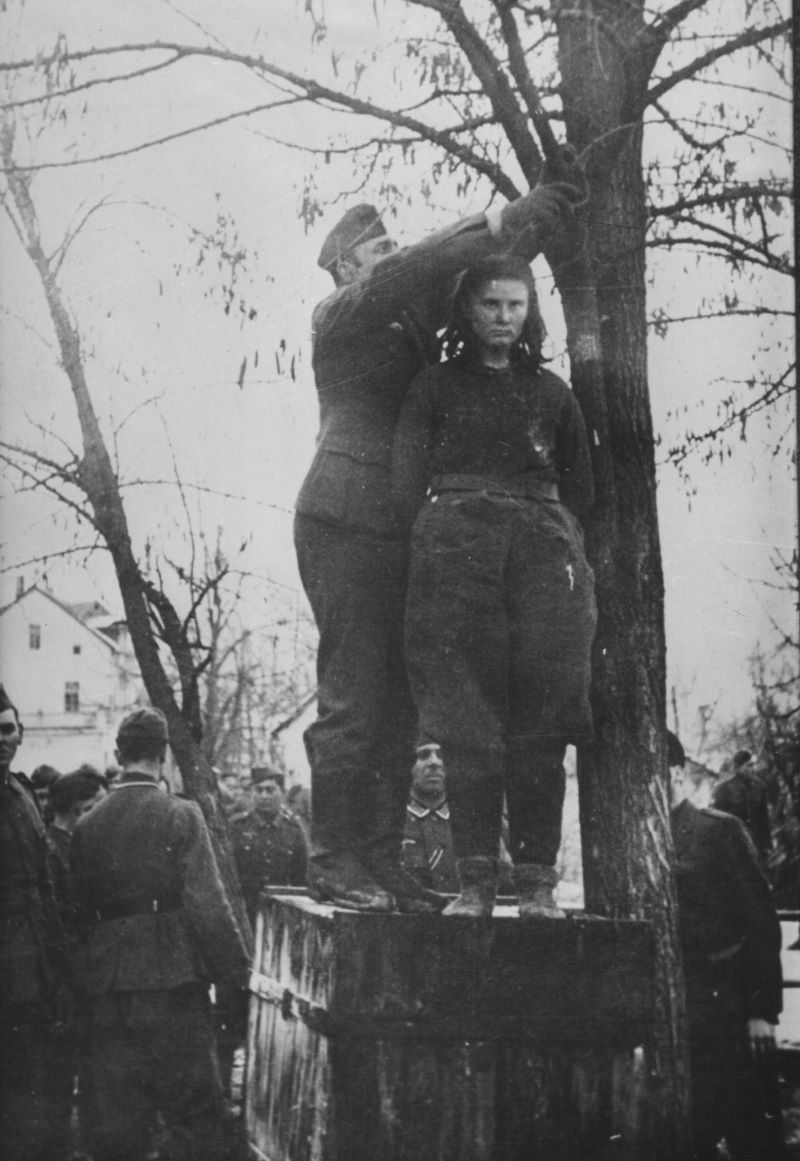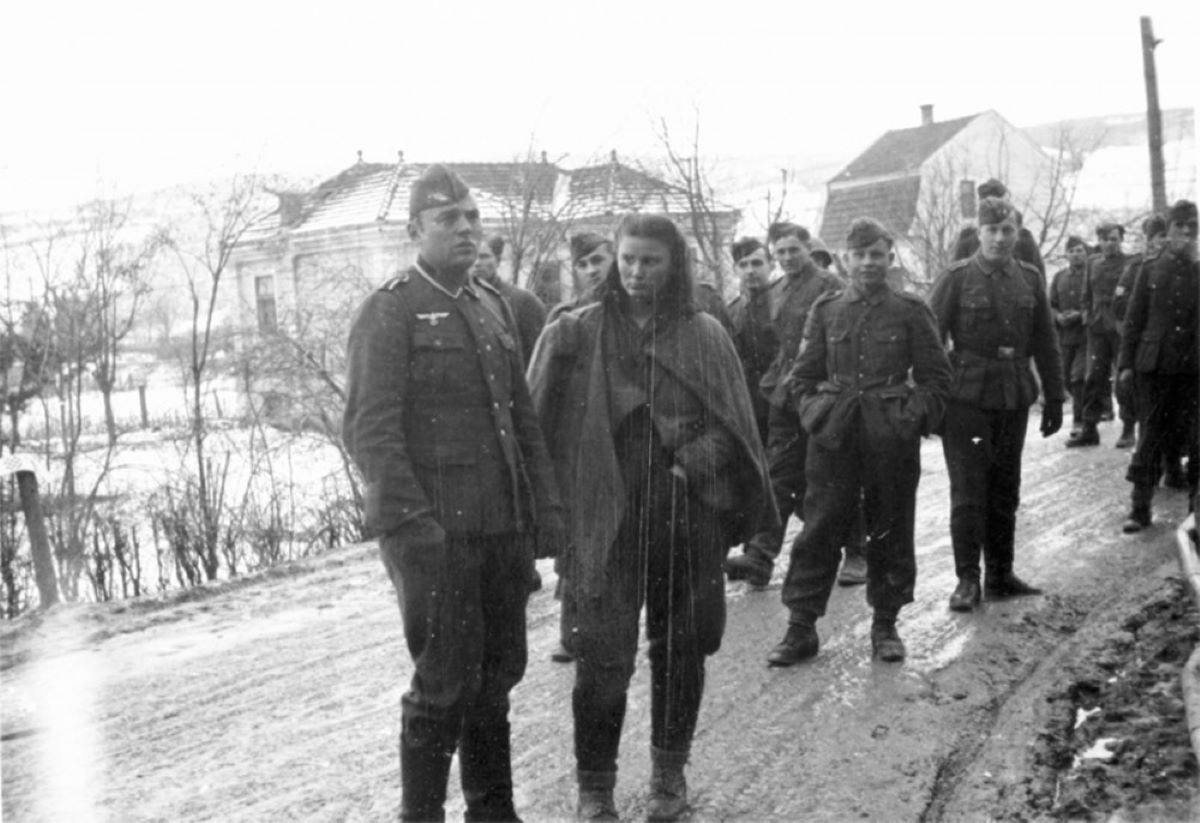Lepa Radić, born on December 19, 1925, in Gašnica, near Bosanska Gradiška, Bosnia and Herzegovina, is a revered figure known for her valiant efforts in the Yugoslav resistance during World War II. From a young age, Radić displayed a commitment to fighting oppression, influenced significantly by her uncle Vladeta Radić, who was involved in the advanced workers’ movement. The events of April 1941 further ignited her passion for resistance, leading to her active involvement in the uprising against the Axis forces. Her remarkable journey from a young girl to a brave resistance fighter exemplifies a story of courage, dedication, and an unwavering belief in justice.
Early Life and Awakening
Lepa Radić’s journey toward becoming a national heroine began in her early years. She completed her primary education in nearby Bistrica and attended the first grade of the Women’s Crafts School in Bosanska Krupa, along with her older sister Dara. Influenced by her uncle Vladeta, she began reading advanced literature, which sowed the seeds of resistance within her. Following the events of April 1941, Radić became aware of the preparations for an uprising, even aiding her uncle in hiding collected weapons. Later that year, she crafted a flag adorned with a red star for the fighters of the Second Krajina Detachment and became a fighter in the 7th Partisan squad of the 2nd Krajina Detachment on December 23, 1941, alongside her sister.
Radić’s initial role was as a nurse in the squad, but she soon became a youth course listener in the village of Lamovita under Kozara and a young communist activist in the area of Prijedor. Her dedication and skills were recognized, and by late May 1942, she was admitted into the Communist Party of Yugoslavia (KPJ) and was assigned as a political worker in the Podgrmeč area. Here, Radić showcased her exceptional organizing skills, particularly in rallying the youth for collective harvesting and grain collection, even amidst enemy positions.
Resistance and Legacy
During the Fourth Enemy Offensive on the free territory of Podgrmeč in early 1943, Radić displayed remarkable courage and organizational skills as a member of the Evacuation Staff for the wounded and civilians from endangered areas. She was among the foremost organizers of the evacuations to the snowy Grmeč region, which was under severe enemy threat. Unfortunately, on February 8, 1943, the retreat led by Radić was suddenly encircled near the village of Praštala, and she was captured by the enemy forces.

On the same day of her execution, SS Colonel August Schmithuber, commander of the 14th Regiment of the 7th SS Division, received a report from his subordinates that mentioned, among other things, “The bandit woman, hanged in Bosanska Krupa, showed unprecedented defiance.” Before her execution, Lepa Radić’s indomitable spirit shone through her final words: “Long live the Communist Party and the Partisans! Fight, people, for your freedom, do not let yourself be taken into the hands of evildoers! Let them kill me, there will be those who will avenge me!”
Photographic Evidence
The narrative of Lepa Radić’s valor and ultimate sacrifice is further etched in history through chilling photographs, taken by the fascist executioners both before and after her execution. These photographs emerged in 1945, retrieved from the possessions of a deceased German soldier during the liberation of Zagreb. The fascists disseminated these photographs, attempting to showcase the event as an extreme instance of bandit fanaticism displayed by a female communist, who stood unwaveringly by her ideals until the very end. Yet, this propaganda effort fell flat, as the image captured just before the execution turned into a lasting emblem of revolt and the quest for freedom.
The photograph, portraying a young girl staring fearlessly into the face of death, resonated profoundly with its viewers. Lepa’s courage in these images transcends time, encapsulating the essence of resistance against tyranny. Her name, Lepa Radić, thus morphed into a symbol of freedom, with her image and the photographs serving as stirring reminders of the sacrifices borne in the pursuit of justice and liberation.
Historical Challenge: Can You Conquer the Past?
Answer more than 18 questions correctly, and you will win a copy of History Chronicles Magazine Vol 1! Take our interactive history quiz now and put your knowledge to the test!

